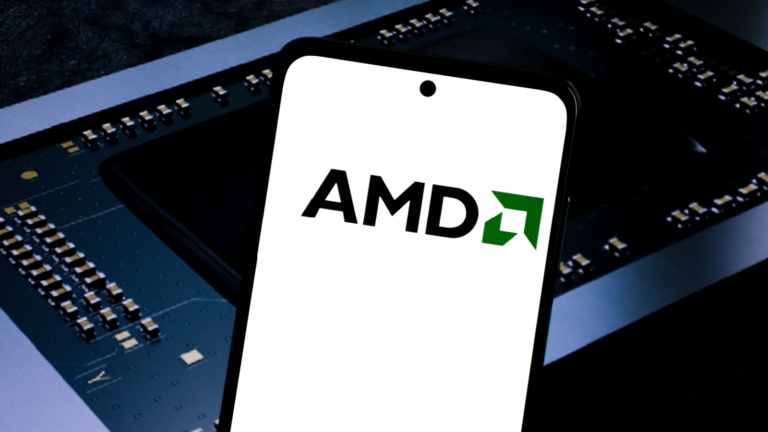Advanced Micro Devices (NASDAQ:AMD) ripped higher after earnings beat expectations.
Net income of $265 million, 69 cents per share when adjusted and revenue of $5.8 million were all pleasant surprises. Net income was more than double that of the first quarter.
There’s more to come, according to the earnings release. Third quarter revenue was estimated at $6.7 billion, plus or minus $300 million. That’s 15% higher than the second quarter, 16% higher than a year ago.
Shares jumped $10.30 in early morning trade July 31, to nearly $149 each. Sounds great, but it’s only 1% higher than where AMD started the year. Not good.
AMD Strengths
AMD trails Nvidia (NASDAQ:NVDA) in artificial intelligence (AI) and has been seeking other niches to exploit. I recommended against buying in January.
But AMD is not completely out of the AI race. AMD’s second quarter data center revenue came in at $2.8 billion, up 115% from the same quarter last year. About $1 billion of those sales were in Graphics Processors (GPUs), the sector Nvidia dominates.
What’s driving the results is a GPU called the Instinct, sold to data centers. Chief Executive Officer Lisa Su said partners are adopting the MI300X Instinct. A successor called the MI325X will be out in Q4. Apparently Microsoft (NASDAQ:MSFT), which also reported July 30, was a big buyer.
The conclusion by industry analysts was that AMD is becoming an AI chip company, just like Nvidia. Instinct has jumped its GPU sales from $1 billion total to $1 billion per quarter.
AMD remains big in client PCs with its Ryzen line, and this business is now turning around. PC sales rose during the pandemic, then fell, but industry shipments were up 3% in the last quarter.
Stock analysts continue to love AMD. There are 32 tracking it at Tipranks, and 26 have it on their buy lists. Traders at Stocktwits are also extremely bullish on AMD.
So why isn’t this stock doing better?
AMD Weaknesses
Unlike Nvidia, AMD still has substantial weaknesses. Gaming revenue was down 59% year-over-year, with embedded sales down 41%.
AMD bet big on embedded in 2022, buying Xilinx for $49 billion in stock. Xilinx was a pioneer in Field Programmable Gate Arrays (FPGAs), chips that have their software pre-programmed into them. At the time, AMD said Xilinx had a $135 billion addressable market.
A week before earnings, however, former Xilinx CEO Victor Peng, who became AMD President after the deal, announced his retirement. Former Xilinx executive Vamsi Boppana was moved into the Instinct group.
Gaming consoles were an even bigger disappointment. AMD graphics cards also remain second best. To try and juice gaming sales, AMD said this week it has updated its free Fluid Motion Frames software, bringing frame rate boosts to thousands of games. This could help build the market for its Radeon graphics cards.
The Bottom Line
The biggest cloud companies badly want a second chip source beyond Nvidia, and their instinct is to buy AMD. But that doesn’t mean AMD is about to become Nvidia.
The company still has a lot of weaknesses. The Xilinx acquisition looks ill-advised. The gaming console business is disappearing. There will be a lot of competition for any PC growth from ARM Holdings (NASDAQ:ARM) and the companies it supplies.
If all AMD is about to do is swim in Nvidia’s slipstream, I’d rather own Nvidia. The trajectory here is not good. Su needs to turn big parts of this business around to make me bullish.
Doesn’t mean it can’t happen. I’m just keeping my powder dry until Su announces something that can make it happen.
As of this writing, Dana Blankenhorn had a LONG position in MSFT. The opinions expressed in this article are those of the writer, subject to the InvestorPlace.com Publishing Guidelines.
On the date of publication, the responsible editor did not have (either directly or indirectly) any positions in the securities mentioned in this article.

